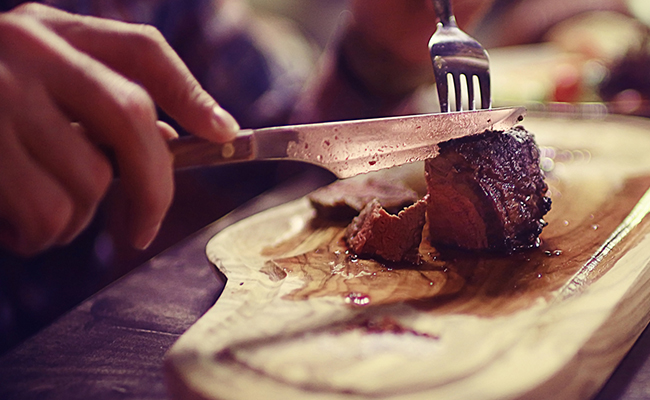For anyone passionate about cooking, a chef knife can be an essential and cherished tool. However, over time, even the sturdiest knives can wear out, especially the handle. If you’re wondering how to rehandle a chef knife, you’ve come to the right place. Rehandling a knife not only restores its functionality but can also give it a fresh, personal touch. Lets dive into this practical guide.

Why Rehandling Your Chef Knife is a Big Deal
A worn-out or damaged handle can make using your knife difficult, unsafe, or uncomfortable. Rehandling can breathe new life into your favorite kitchen tool while extending its usability. Additionally, it allows you to customize the grip, material, or design to match your style and other kitchen utensils. Understanding how to rehandle a chef knife can be a cost-effective and rewarding solution.
Essential Tools Youll Need
- Epoxy glue
- Screwdriver or rivet removal tool
- Sandpaper (various grits)
- Clamp
- Drill and drill bit set
- Bench vise
- Handle material (e.g., wood, micarta, or composite material)
Optional but Helpful Tools
- File or rasp
- Dowel pins for alignment
- Protective gloves
- Respirator (to avoid inhaling dust while sanding)
Preparing the Damaged Chef Knife for Rehandling
The first step in understanding how to rehandle a chef knife is preparation. Before diving in, carefully inspect your knifes handle and blade to check for structural damage.
Remove the Old Handle
Use a screwdriver or rivet removal tool to detach the handle. If the handle is glued, gently heat it to weaken the adhesive. It’s vital to avoid damaging the tangthe metal portion of the knife that extends into the handle.
If you’re unfamiliar with some techniques, you might find repairing knife cuts on different countertops helpful for honing your tools.
Choosing the New Handle Material
The handle material is integral to the final products appearance, ergonomics, and durability. Here are some options:
- Wood: Classic, traditional look with warmth and comfort.
- Micarta: Composite material known for resilience and modern appearance.
- Bone or Horn: For a unique, rustic design.
Steps to Rehandle a Chef Knife
Step 1: Prepare the Tang
Once youve removed the old handle, clean any adhesive residues or rust on the tang using sandpaper or a file. Ensure its smooth and free from imperfections to fit the new handle perfectly.
Step 2: Select and Prep the Handle Material
Cut your selected handle material into two equal pieces, ensuring theyre slightly larger than the tang for precise fitting.
To explore more on cutting techniques, check out cut glass techniques for different materials which might give additional insights.
Step 3: Attach the Handle
Apply epoxy glue evenly along the tang surface. Align your handle pieces, sandwiching the tang between them. Secure it using a bench vise or clamps, and let the epoxy cure as per the manufacturers instructions.
Step 4: Secure the Handle with Rivets
Drill holes through the handle and tang using appropriately sized bits. Insert rivets or screws to lock the handle in place, ensuring sturdiness and longevity.
Finishing Touches
Once the epoxy has cured and the rivets are secure, its time to shape and polish the handle. Sand the edges and surface using progressively finer grit sandpaper until smooth. Finally, apply a finishing oil or sealant for wooden handles to enhance their durability and visual appeal.
Common Mistakes to Avoid
- Using the wrong size drill bit for rivets or screws.
- Skipping the sanding process, which could lead to an uncomfortable grip.
- Not giving enough time for the epoxy to cure fully.
Enhancing Knife Handling Skills
If you’re passionate about handling knives in the kitchen, learning proper techniques is essential. Visit knife skills cutting articles for valuable tips on improving your culinary expertise.
Benefits of Rehandling a Chef Knife
Rehandling offers benefits beyond restoring your knife. It adds a personal touch, improves ergonomics, and allows you to refurbish a legacy knife that holds sentimental value.

FAQ
Is it safe to rehandle a chef knife myself?
Yes, with the proper tools and techniques, its safe to rehandle a chef knife. However, be cautious and take your time during the process.
How often should I rehandle my chef knife?
Theres no fixed time, but when the handle becomes damaged, cracked, or loose, its time to replace it.
What materials make the most durable knife handles?
Micarta or stabilized wood works well for durability and comfort.
For related insights, check out this cut without serrated knives guide to sharpen your skills.
This article contains affiliate links. We may earn a commission at no extra cost to you.


